

Cost-of-living pressures and inflation are making life difficult for everyone and retirees are not immune.
The ASFA Retirement Standard September quarter 2023 figures show couples aged around 65 need to spend a record high of $71,124 per year to live a ‘comfortable’ retirement.
The annual increase in expenditure needed by singles rose 5.5% to $50,981 during the September quarter.
With their budgets under sustained pressure for the past two years and significant relief unlikely any time soon, retirees may need to look for new ways to boost their retirement income. One solution could be the federal government’s Home Equity Access Scheme.
Need to know
The Home Equity Access Scheme (HEAS) was originally called the Pension Loan Scheme (PLS) but was rebranded as HEAS in December 2021.
In the past year, the number of retirees taking out HEAS loans has increased strongly. During 2022–23, the Department of Social Services held HEAS loans worth $238 million, up from $141 million the previous year.
The HEAS is a reverse-mortgage-style loan offered by the federal government that allows borrowers of Age Pension age to receive a tax-free fortnightly income stream by taking out a loan against the equity in their home.
Since 1 July 2022, borrowers are also able to withdraw lump sum advances.
Good to know
A reverse mortgage works a little like a home loan in reverse. It’s a loan that allows you to borrow money against the equity (or value of a property less any mortgage debt) you have in your home.
Borrowers are required to pay interest on the loan, but regular repayments are not required. Instead, interest is added to the loan amount. You can remain in your home until it is sold, usually on your death.
Watch our video showing the impact of taking out a HEAS or reverse mortgage loan.
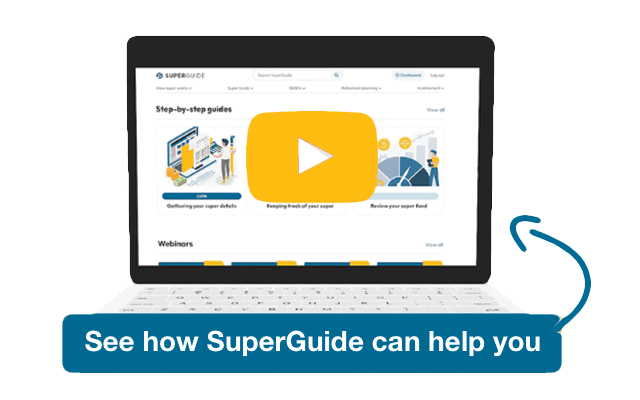
Already a member? Log in
Learn more about how the home affects retirement in the following guides: 

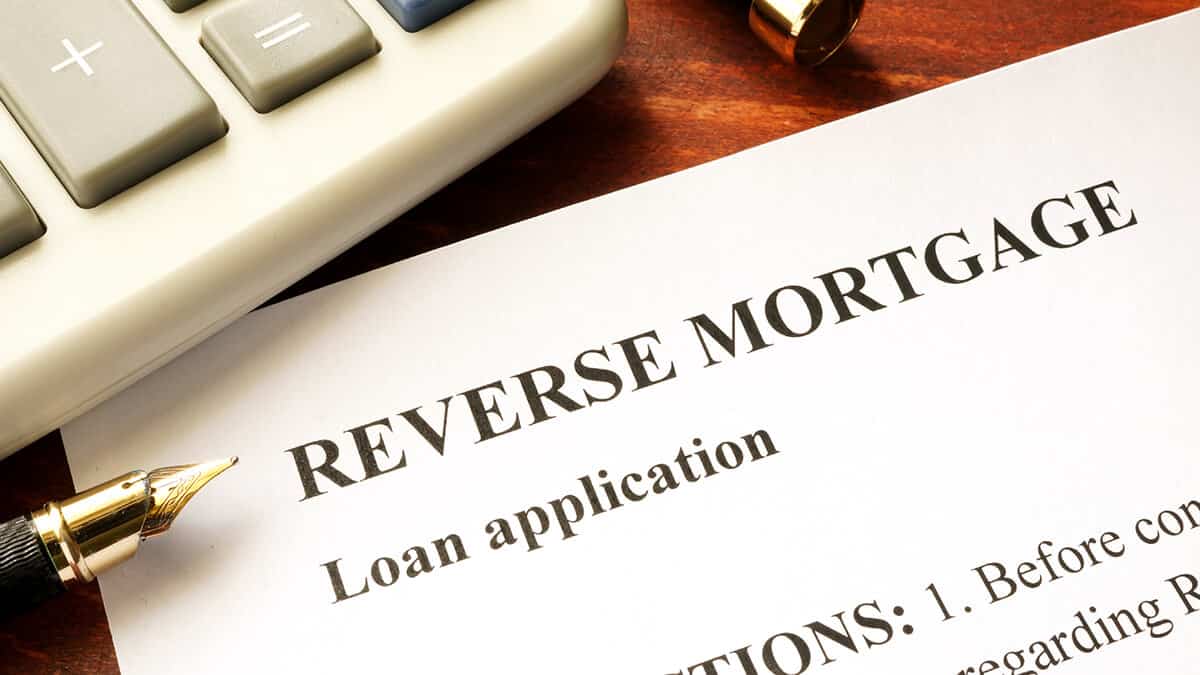

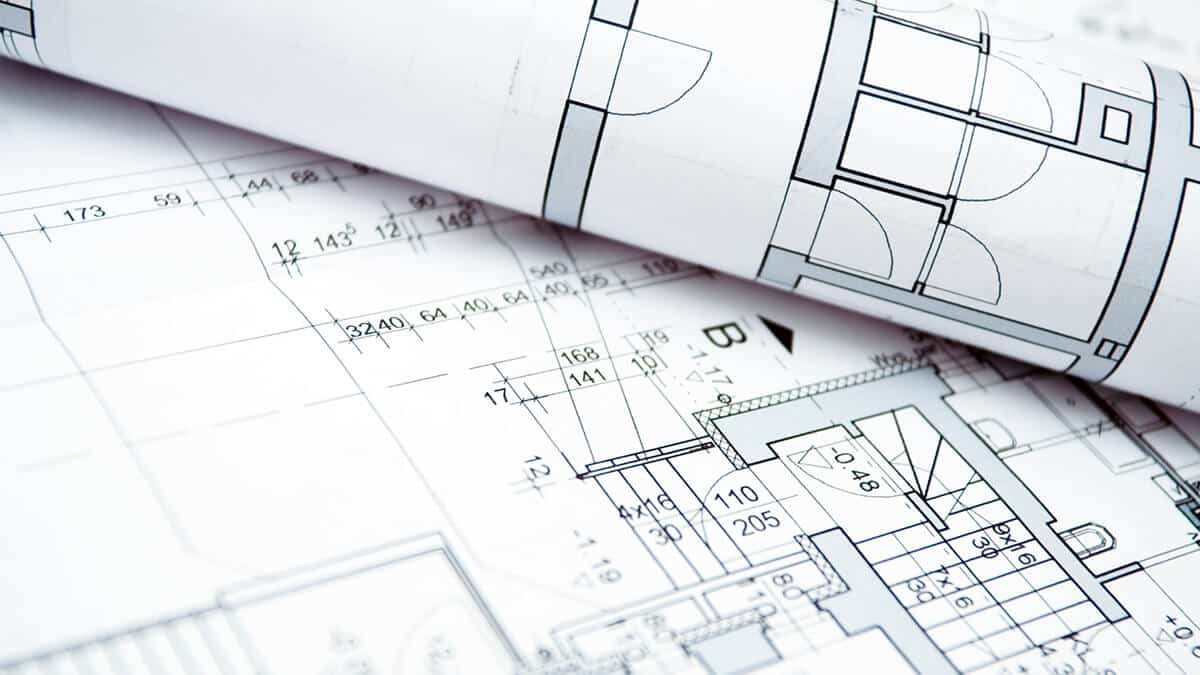

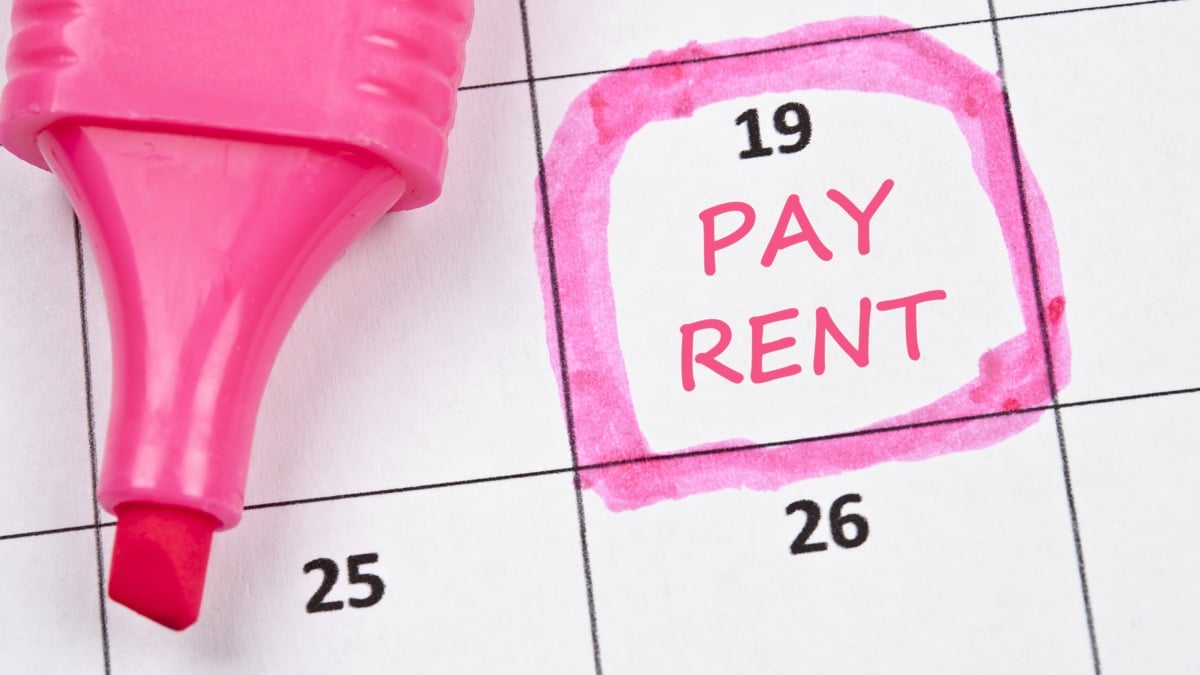




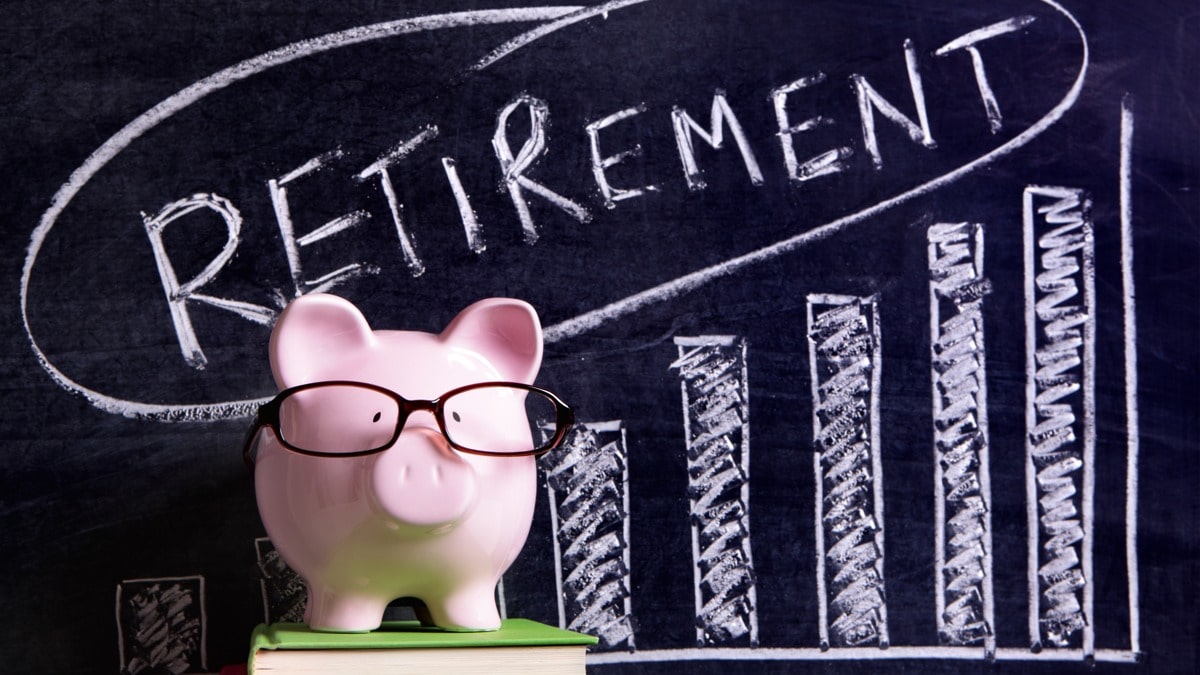




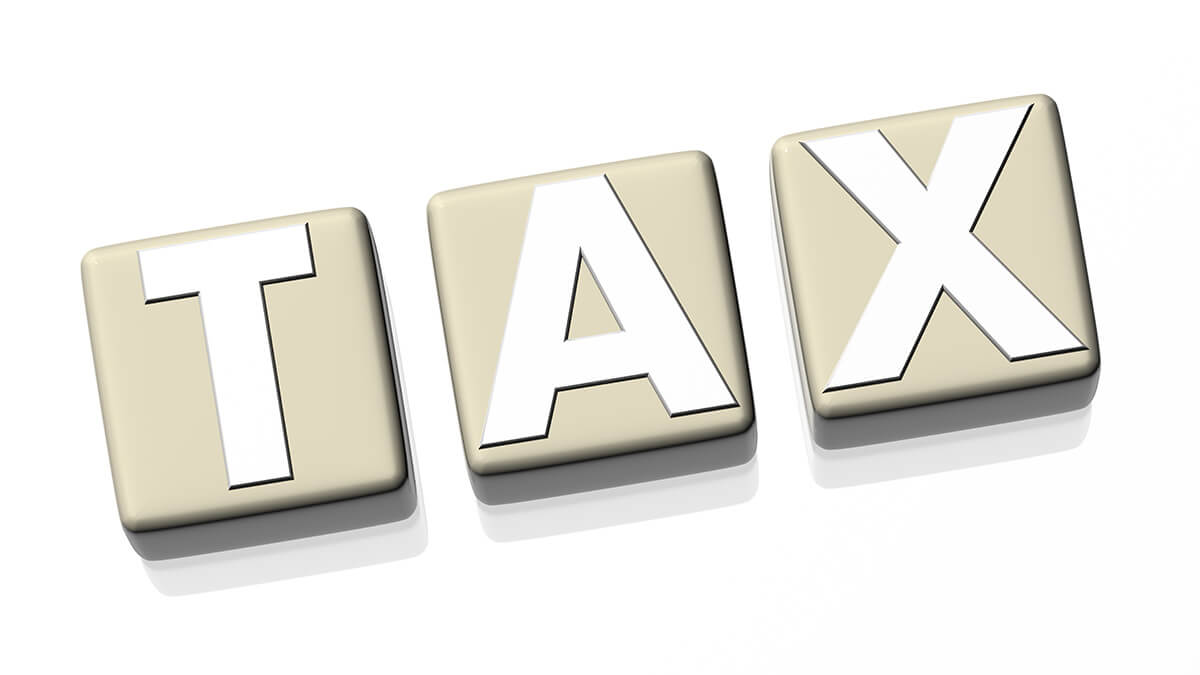


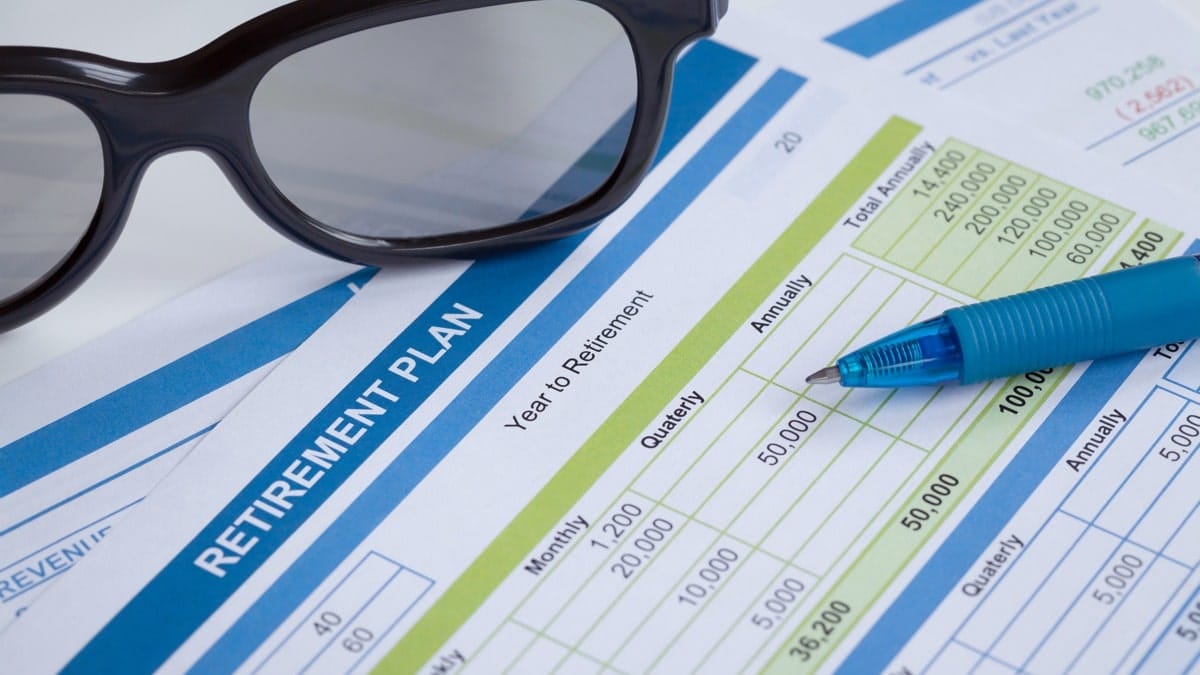



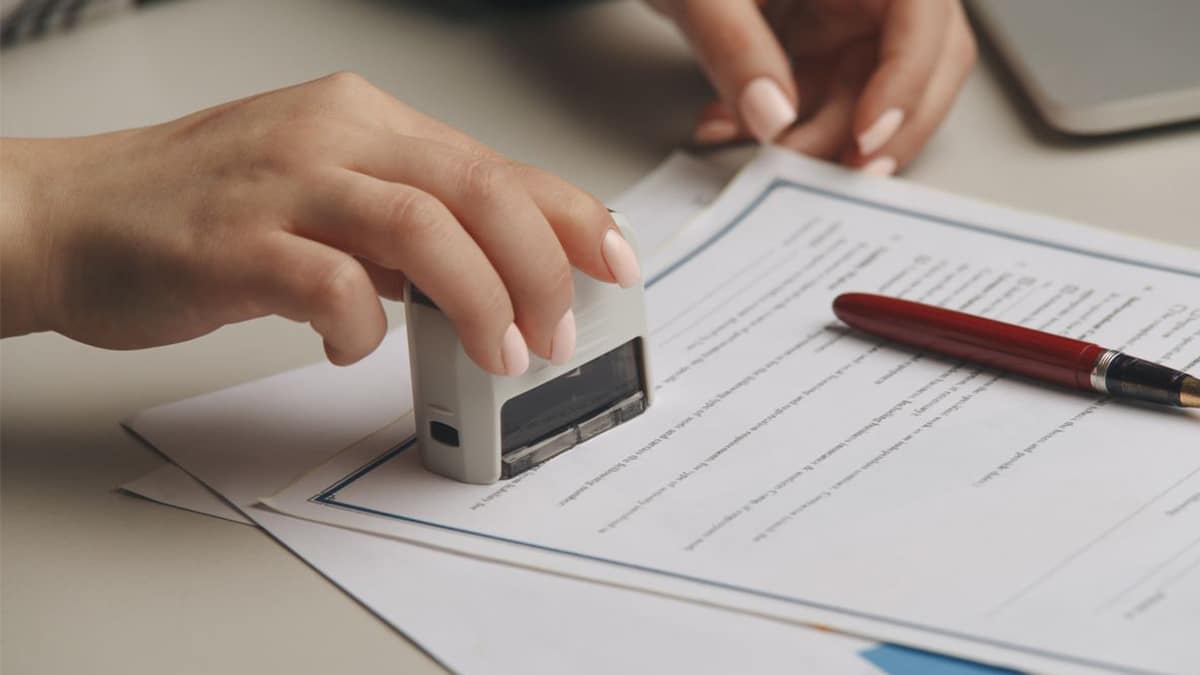
IMPORTANT: All information on SuperGuide is general in nature only and does not take into account your personal objectives, financial situation or needs. You should consider whether any information on SuperGuide is appropriate to you before acting on it. If SuperGuide refers to a financial product you should obtain the relevant product disclosure statement (PDS) or seek personal financial advice before making any investment decisions. Comments provided by readers that may include information relating to tax, superannuation or other rules cannot be relied upon as advice. SuperGuide does not verify the information provided within comments from readers. Learn more
© Copyright SuperGuide 2008-24. Copyright for this guide belongs to SuperGuide Pty Ltd, and cannot be reproduced without express and specific consent. Learn more